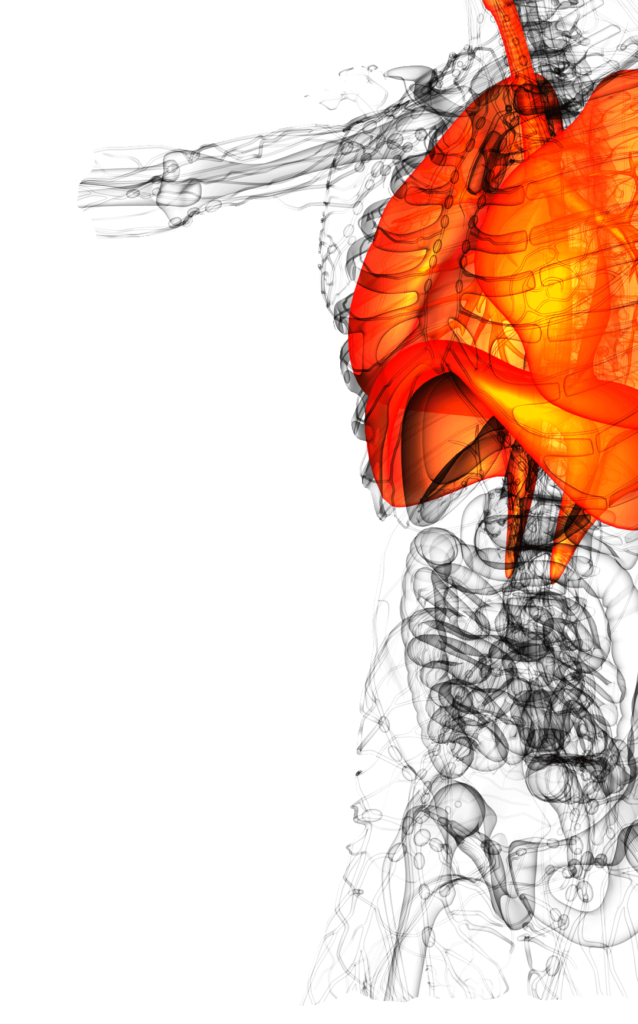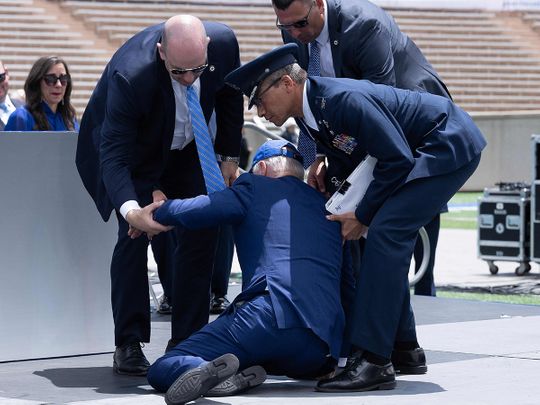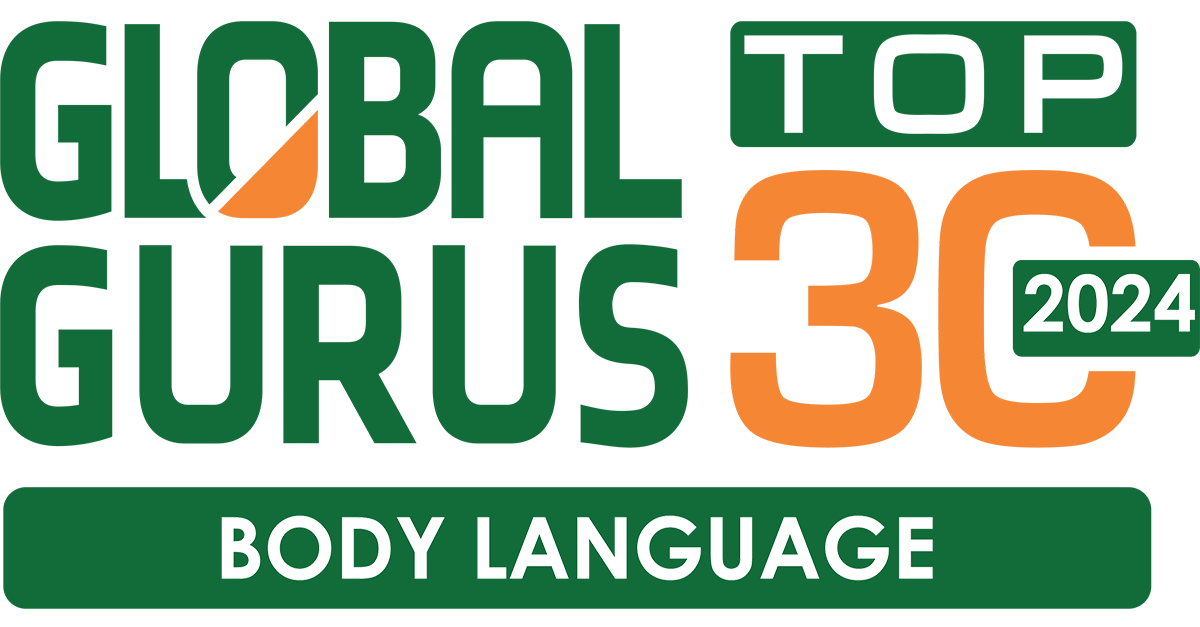Virtual Presence and Presenting – Welcome to the new normal!
It’s interesting, but recently I googled ‘Video Conference Calls’
and received over 1,500,000,000 results. Mind boggling! However,
when you scroll through the results you’ll find endless information
about the use of software and technology but very little on
PEOPLE.
Yes, absolutely, technology is critical, and in the digital-COVID
world, the technology aspect is easily solved. Beg, borrow or steal
reliable internet, upgrade your home office, get a new computer,
grab a decent camera, microphone and lighting. And done!
That’s the easy part….
It’s imperative that you present yourself via video with
professionalism and that includes your set up. For example, the
man below on an Australian national breakfast show with one side
of his head lit up like a Christmas tree and the other in the dark.
This is disrespectful to your audience!

Your most influential communicator is still your body and voice
It sure is and here’s why:
Communication happens over two channels, verbal and
nonverbal, resulting in two distinct conversations going on at the
same time. While verbal communication is obviously important, it’s
not the only message being sent. Without the ability to read body
language, we miss crucial elements to conversations that can
positively or negatively impact a business.
Face-to-face interaction is information-rich. We interpret what
people say to us only partially from the words they use. We get
most of the message (and all of the emotional nuance behind the
words) from vocal tone, pacing, facial expressions, and other
nonverbal cues. In face-to-face meetings, our brains process the
continual cascade of nonverbal cues that we use as the basis for
building trust and professional intimacy.
Most interesting, in face-to-face encounters the brain’s “mirror
neurons” mimic not just behaviours, but sensations and feelings as
well. When we are denied these interpersonal cues and are
forced to rely on the printed or spoken word alone, the brain
struggles, and real communication suffers.
“If you can’t read body language, you are missing
half the conversation” Forbes
Being virtual does not mean body language has gone. It means
we have limited access. But we still have access to the most
important parts: the head, the breath, the voice, the hands!
Peter Drucker, the renowned management consultant,
understood this clearly. “The most important thing in
communication,” he once said, “is hearing what isn’t said.” And
we can still read this with what we have.
This is a virtual world with all the intimacy of an Ian McEwan novel,
and it will, no doubt, continue for some time and infiltrate
meetings of the future.
This can be good – great in fact – for deep learning and personal
exploration, but we are not ready. Why? It is a matter of simple
visual presence, body language and voice.
Stay tuned as in my next blog I’ll share 5 tips which will get you
thinking!










